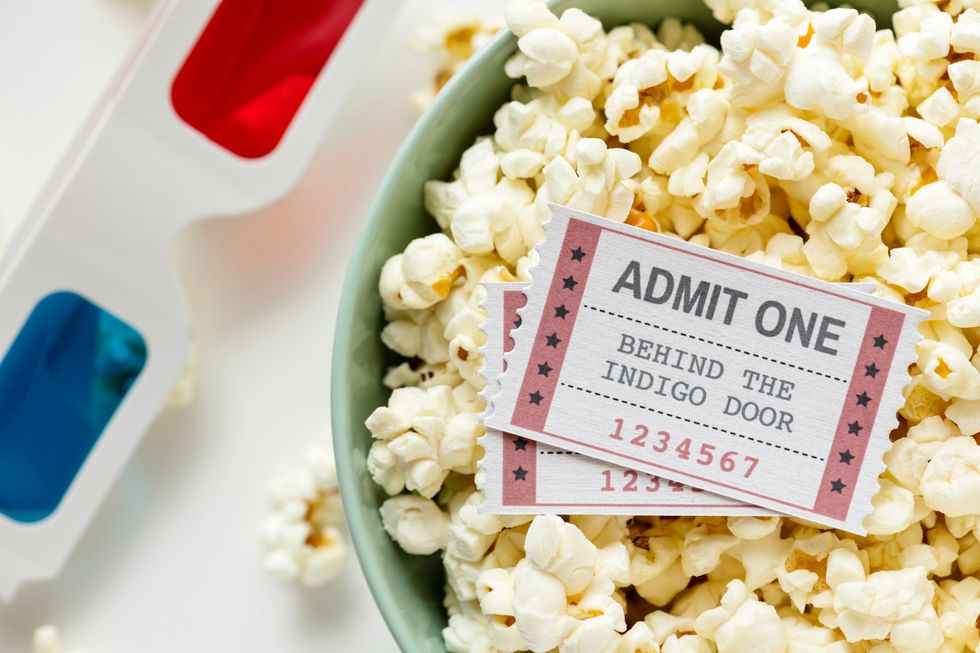Practice is the time when coaches have the most opportunity to influence a player's basketball skills...
However, I am constantly involved in practices that are ineffectively managed.
The trainer spends half of the exercise deciding which exercise to run next.
All coaches should spend most of their time cheering and giving feedback to their players...not working on the next practice.
In Basketball for Coaches, we divide a typical exercise into 5 sections...
1. Dynamic Warm-up / Body Movement
This part of the exercise cannot be skipped.
Most youth teams immediately do a two-minute warm-up before moving on to other sections of training.
When I watch youth basketball, it quickly becomes clear that the best players are great:
balance
coordinate
change speed
change direction
Players who are suffering have not yet learned to control their bodies.
It is very important to help the players to set up a sports foundation. With this foundation, it becomes much easier to learn new basketball skills as they progress.
This section of training will help your players gain skills beyond their basketball skills. Basketball gifts to give across the different age categories. This will help prevent injuries and help them in all sports and life movements, because as we all know, players need to be expert in basketball not only at a young age.
2. Work Skills
The bulk of youth basketball practice should be skill work. Practice should be fun and interesting while improving the skills of your players.
This includes drills that teach players how to perform a skill movement correctly, as well as drills that help them learn how to use the skill.
Drills that tell the player when to use the skill are usually skipped.
In terms of photography, this is a great quote from Jeff Van Gundy...
"The pay-off ratio is as much about decision-making as it is about technology." - Jeff Van Gundy
3. Team Strategies
Team strategies are the least important component of youth basketball practice.
And in my opinion, they are not necessary for players under ten years old.
The Team Strategies section for training includes:
a crime
Defense
set the play
special cases
If you decide to use this part of training with your team, set aside some time for it.
Too many coaches steal training time from skill development and half of the training is by helping athletes remember set plays.
4. Brawl/Mini Games
Brawls and small-sided games are very important to include in every basketball training plan.
What's the point of your players learning how to make a great cross pass if they don't understand when to use it in the game?
Of course technology is important...but allowing kids to practice while using it is equally important.
That doesn't mean letting them lose 5 on 5 games every practice...
Most play in youth practice should be the "short side".
Small-sided games (SSG) have fewer participants per team than regular games. (1 vs 1, 2 vs 1, 3 vs 3, etc.)
5. Calm down
The cool-down section of your training should include two minutes of slow jogging and walking up and down the field, and then a few minutes of static stretching.
This allows the body to lower its temperature and eliminate waste (lactic acid), among other things.
The extended part of the cool down is a great time to talk to people. We can talk about the upcoming match/tournament or how we felt about the training.

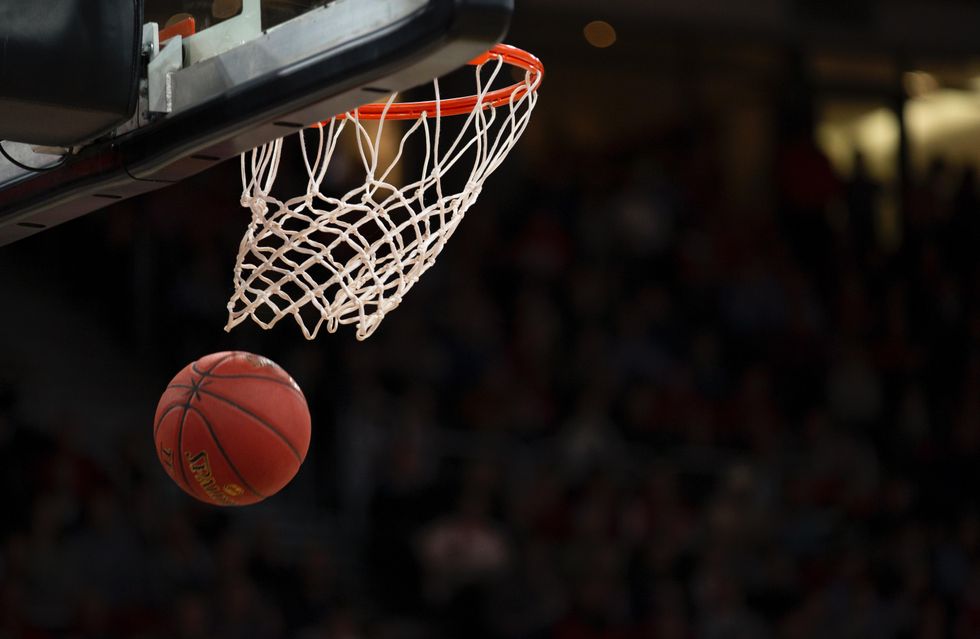

 Photo by
Photo by 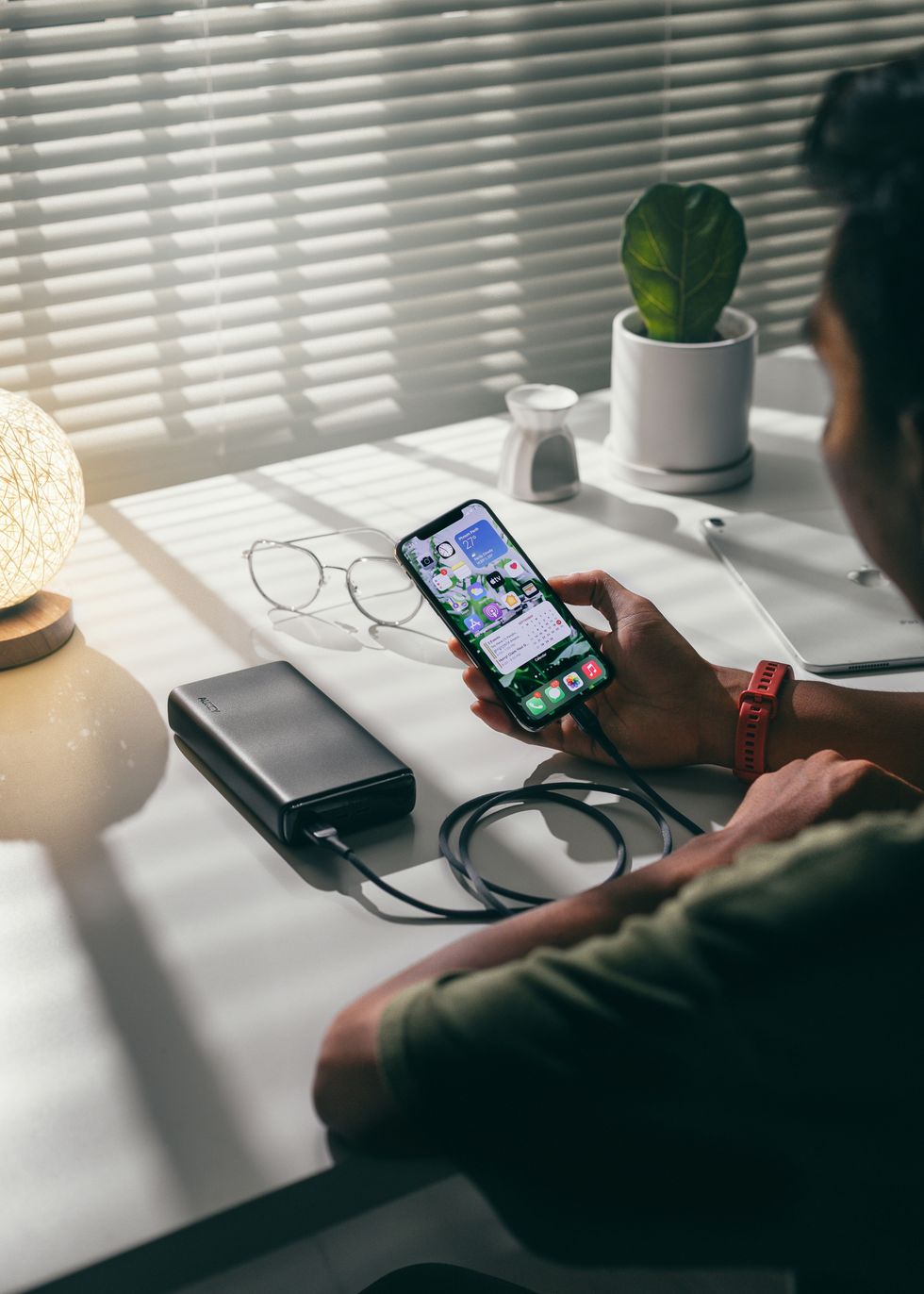 person holding black smartphone on white textile
Photo by
person holding black smartphone on white textile
Photo by  StableDiffusion
StableDiffusion
 Photo by
Photo by  Photo by
Photo by 
 roommate as a therapist
StableDiffusion
roommate as a therapist
StableDiffusion
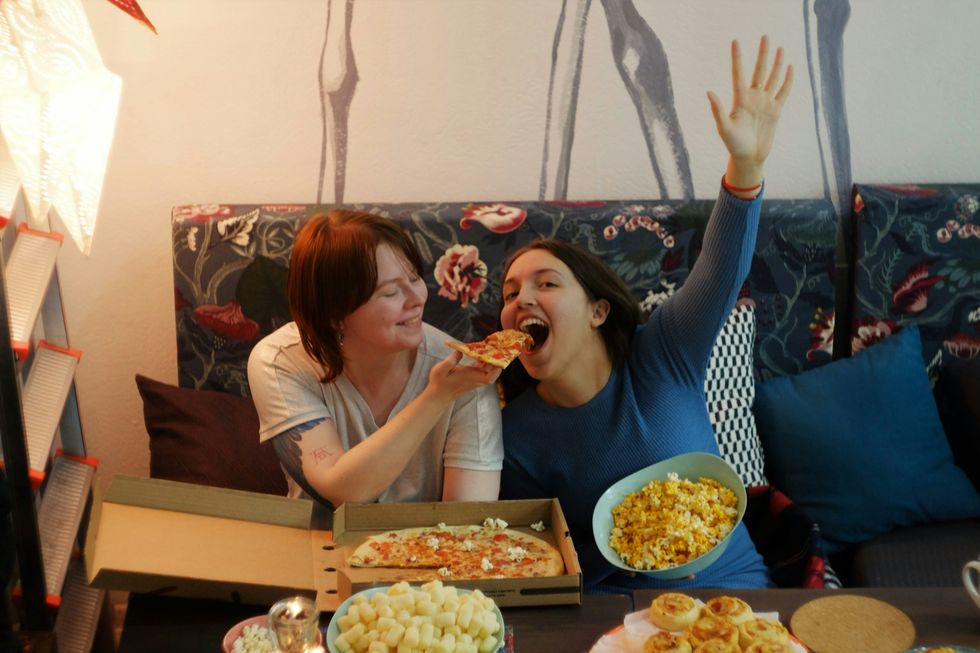 woman in white shirt eating pizza
Photo by
woman in white shirt eating pizza
Photo by  person holding remote pointing at TV
Photo by
person holding remote pointing at TV
Photo by  person holding assorted clothes in wooden hanger
Photo by
person holding assorted clothes in wooden hanger
Photo by 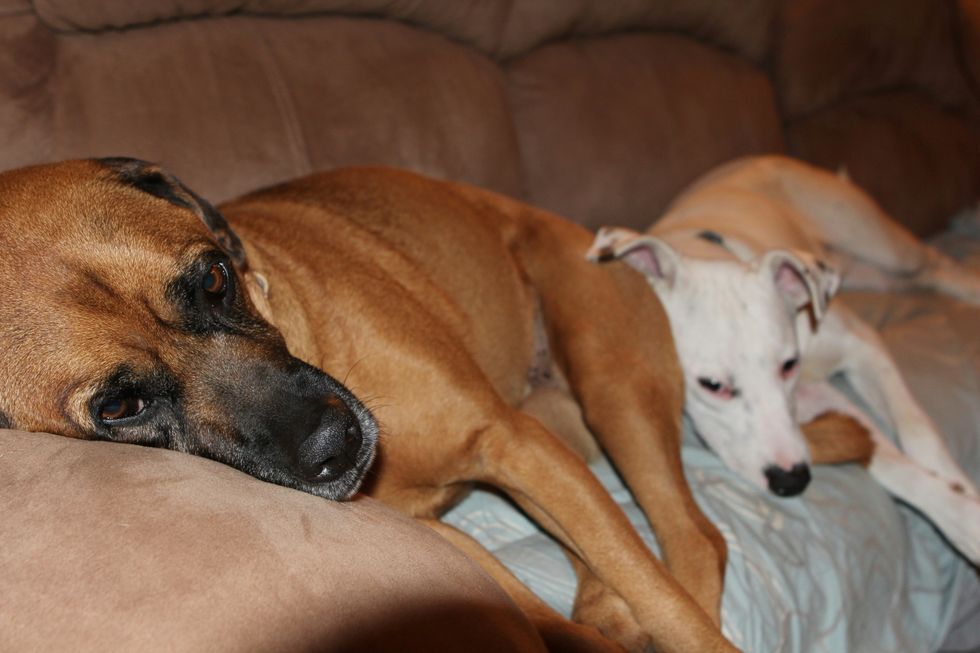 a couple of
a couple of 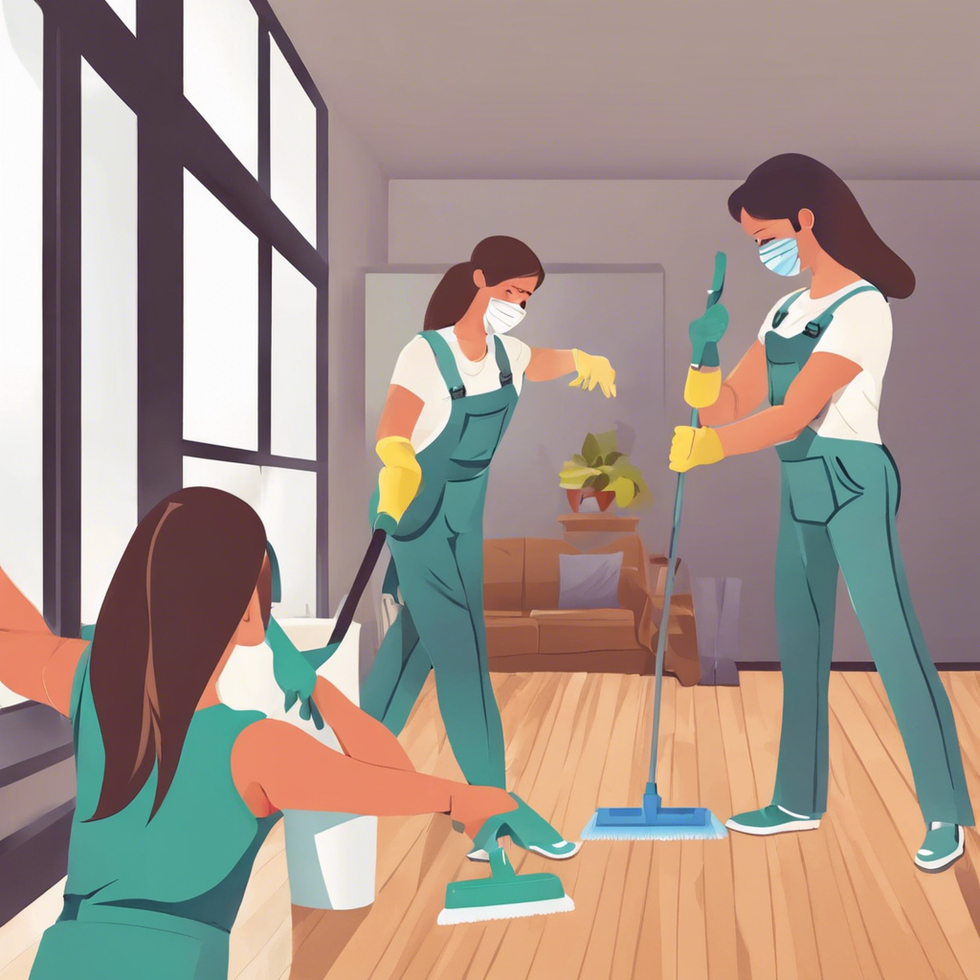 friends cleaning apartment
StableDiffusion
friends cleaning apartment
StableDiffusion
 man driving car during golden hour
Photo by
man driving car during golden hour
Photo by  bacon strips and melted cheese topped fries on oval white and blue platter with gray stainless steel forks
Photo by
bacon strips and melted cheese topped fries on oval white and blue platter with gray stainless steel forks
Photo by  selective focus photography of eyeshadow palette
Photo by
selective focus photography of eyeshadow palette
Photo by  brown wooden framed white padded chair in between green indoor leaf plants inside bedroom
Photo by
brown wooden framed white padded chair in between green indoor leaf plants inside bedroom
Photo by 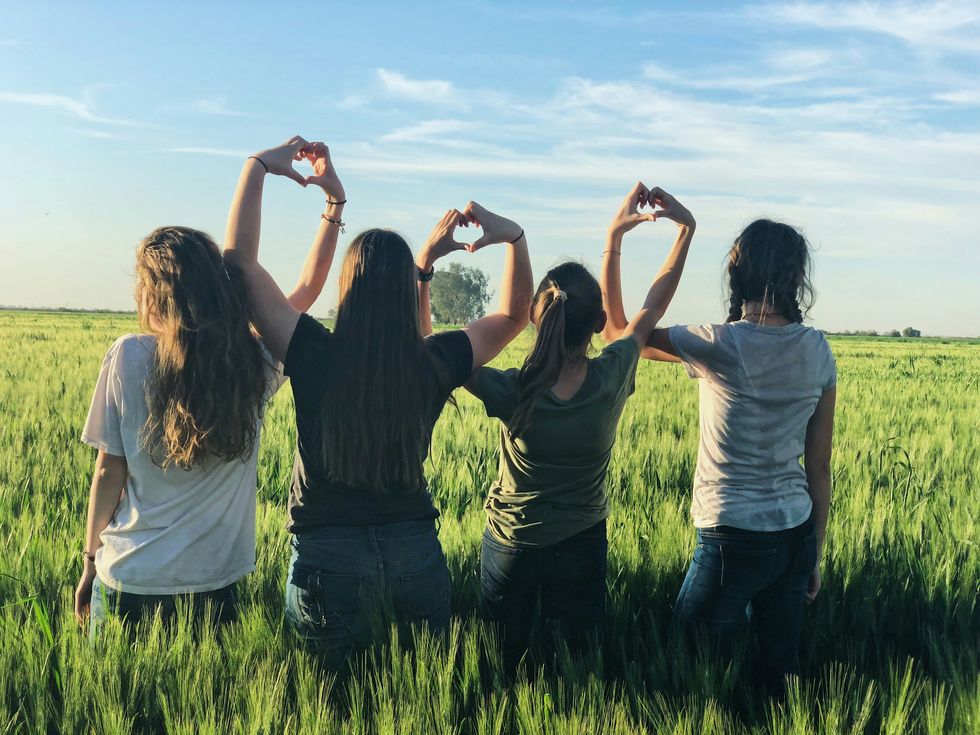 women forming
women forming  taking
taking  man in red polo shirt pouring wine on clear wine glass
Photo by
man in red polo shirt pouring wine on clear wine glass
Photo by  woman in black jacket standing on road during daytime
Photo by
woman in black jacket standing on road during daytime
Photo by 
 StableDiffusion
StableDiffusion
 StableDiffusion
StableDiffusion
 student thinking i shouldnt have procrastinated all semester
StableDiffusion
student thinking i shouldnt have procrastinated all semester
StableDiffusion
 Photo by
Photo by  Photo by
Photo by  Photo by
Photo by  StableDiffusion
StableDiffusion
 StableDiffusion
StableDiffusion
 Photo by
Photo by  Photo by
Photo by 


 Lumiere figure at the Disney Store at the Ala Moana Shoppi… | Flickr
Lumiere figure at the Disney Store at the Ala Moana Shoppi… | Flickr








 StableDiffusion
StableDiffusion StableDiffusion
StableDiffusion 10. Extra BlanketsJuwenin Home 100% Cotton Knitted Throw Blanket
10. Extra BlanketsJuwenin Home 100% Cotton Knitted Throw Blanket StableDiffusion
StableDiffusion StableDiffusion
StableDiffusion File:Kishlaru familie.jpg - Wikimedia Commons
File:Kishlaru familie.jpg - Wikimedia Commons Photo by Hanna Balan on Unsplash
Photo by Hanna Balan on Unsplash StableDiffusion
StableDiffusion black blue and yellow round illustrationPhoto by
black blue and yellow round illustrationPhoto by 